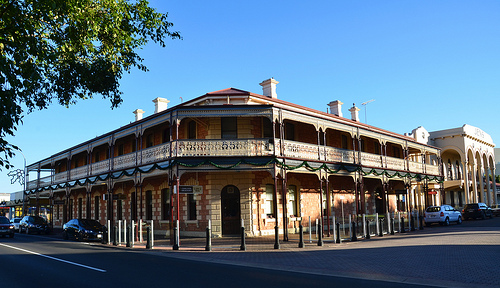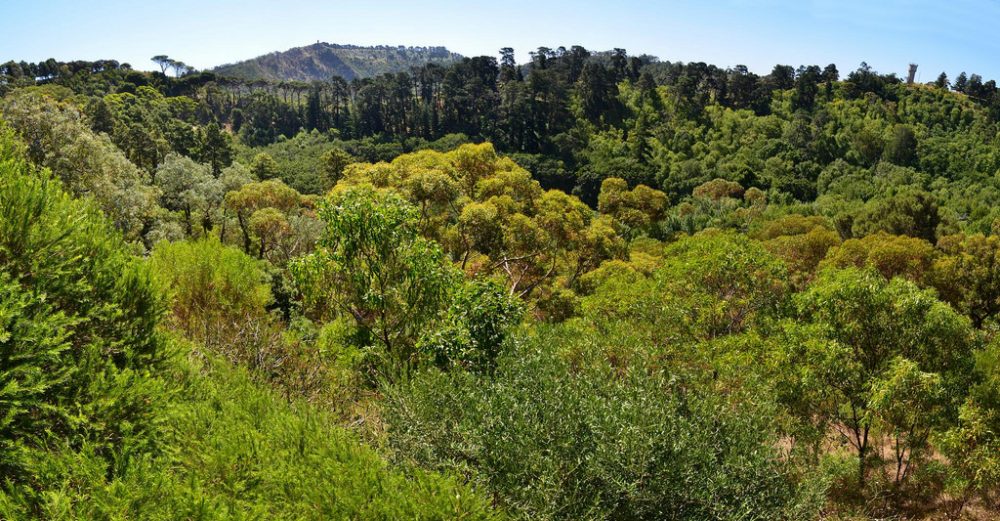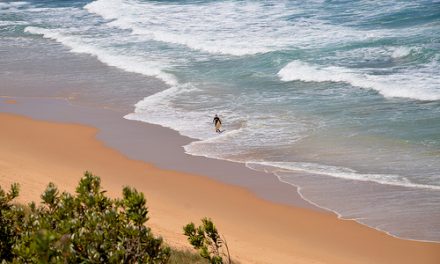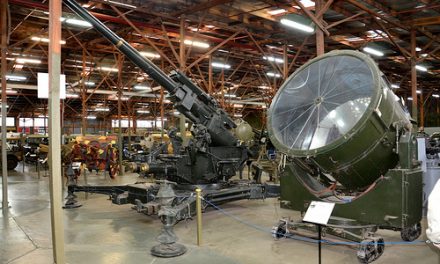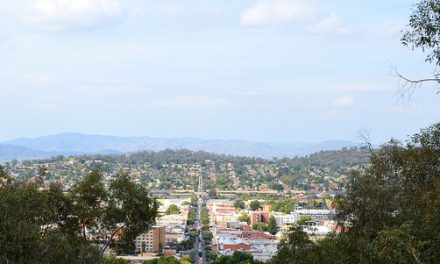I had originally planned a visit to just Nelson. But when I realized from the Nelson Information Centre that I had just missed a 3-hour Glenelg River Cruise and could only do a 1-hour track around Livingstone Island, I decided to visit Mount Gambier, which is just 35 minutes drive from Nelson, specifically to see its famous Blue Lake.
Mount Gambier is the largest South Australian regional city, 450 km south of Adelaide and just 17 km from the Victorian border. It is renowned for its volcanic features and the Blue Lake, which is one of four crater lakes on Mount Gambier. Only two lakes remain as the other two (Leg of Mutton and Brown Lake) have dried up over the past 30-40 years as the water table drops.
During December to March, the lake turns to a vibrant cobalt blue colour, returning to a colder steel grey colour between April and November. The exact cause of this phenomenon is still a matter of conjecture but it is considered likely that the lake surface warms to around 20 degrees Celsius during summer, causing calcium carbonate to precipitate out of solution, forming micro-crystals which scatter the sunlight’s blue wavelengths. During winter, the lake becomes well mixed and somewhat murkier due to the redistribution of tannins and calcium carbonate particles throughout the lake. Solar elevation has also been found to influence the perceived colour of the lake. The seasonal and daily movement of planktons within the lake may too contribute to the colour change.
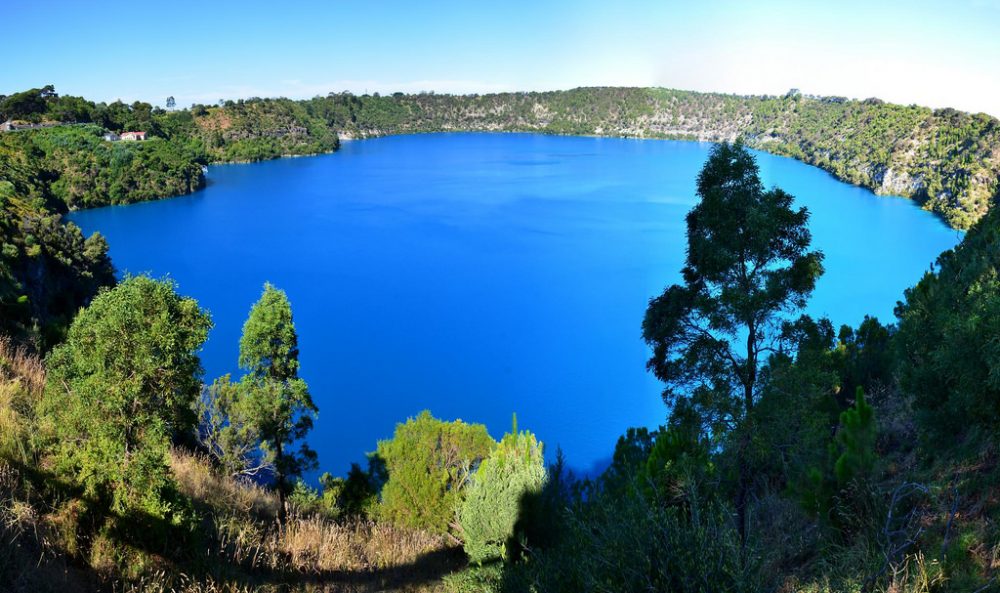
Blue Lake from the Rotary Lookout
Blue Lake receives underground water that has passed slowly beneath the city and filtered through limestone. The lake is massive, measuring 1,087 m by 657 m, with an average depth of 72 m and containing 36,000 ML (million litres) of water. 3,500 ML of water is pumped annually into holding tanks which gravity-feed drinking water to the city and surrounding areas. Bathymetric survey in 1967 located the deepest point in the lake at 77 m. Subsequent diving explorations discovered a fresh water sponge species, other invertebrates and stromatolites along the north-eastern perimeter down to a depth of 40 m.

View from the Blue Lake Lookout (accessible from the Bay Rd Underpass)
The crater rim, measuring 1,200 m by 824 m, is circumnavigated by a 3.6 km road and walking track which provides access to many viewing points. An underpass beneath Bay Rd between the Blue Lake and the Leg of Mutton Lake offers great views of both areas. The Blue Lake Reception Centre provides public facilities and a comprehensive interpretation of the volcanic area. From the Reception Centre, visitors can take the 45-minute Aquifer Tours in a glass-paneled lift down the dolomite well shaft (from which water was originally extracted), walk through a tunnel to see the Blue Lake at close proximity and learn about the hydrology of Mount Gambier’s water supply and the aquifer system.
The Leg of Mutton Lake is situated in its own smaller crater. It is surrounded by many varieties of deciduous trees and is popular for its walking trails. This lake has a history of varying water levels and was recorded as being dry as early as 1859. Nearby is a commemorative obelisk erected on 8th July 1887, to commemorate what became known as the Gordon’s Leap. In July 1865, the famous Australian poet Adam Lindsay Gordon made his famed leap on horseback over an old post and rail guard fence onto a narrow ledge overlooking the Blue Lake (70 metres below) and jumped back again onto the roadway.
The Valley Lake is very popular all year round with excellent playground, picnic and grassed areas, 16 free gas barbecues and covered shelters. There is a Wildlife Park and boardwalk at the Valley Lake, which presents indigenous species of flora and fauna in an environment very similar to that which would have originally been found in the area. Nearby is Browne’s Lake which is again suffering from a fall in the water level as it did in 1841.
The Blue Lake and the Crater Lakes area is a significant site within the Kanawinka Geopark and is a State Heritage Area.

